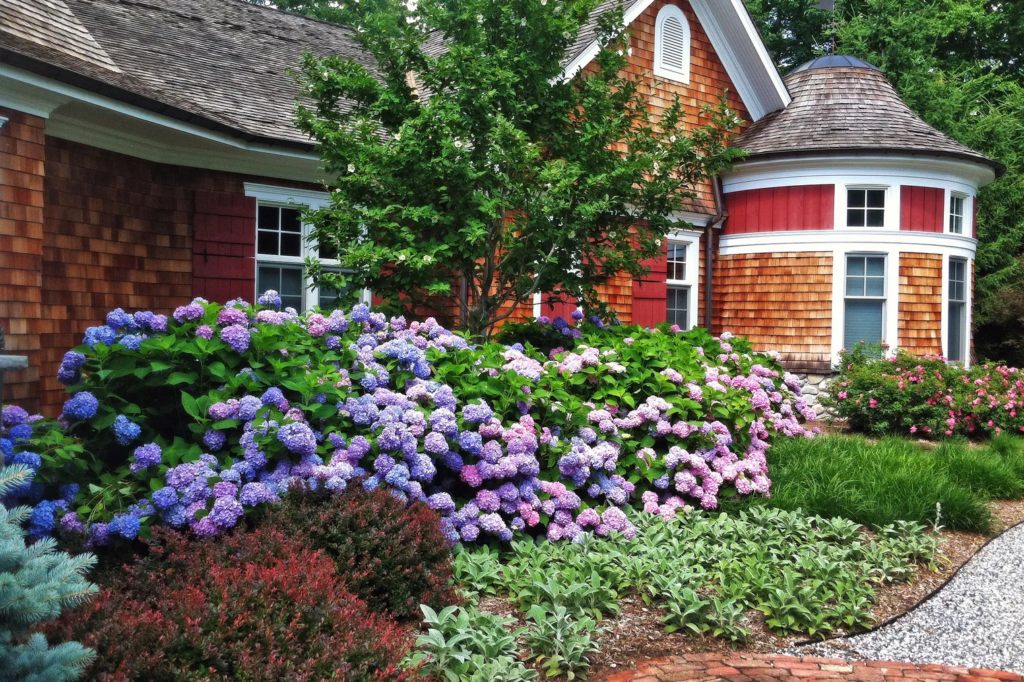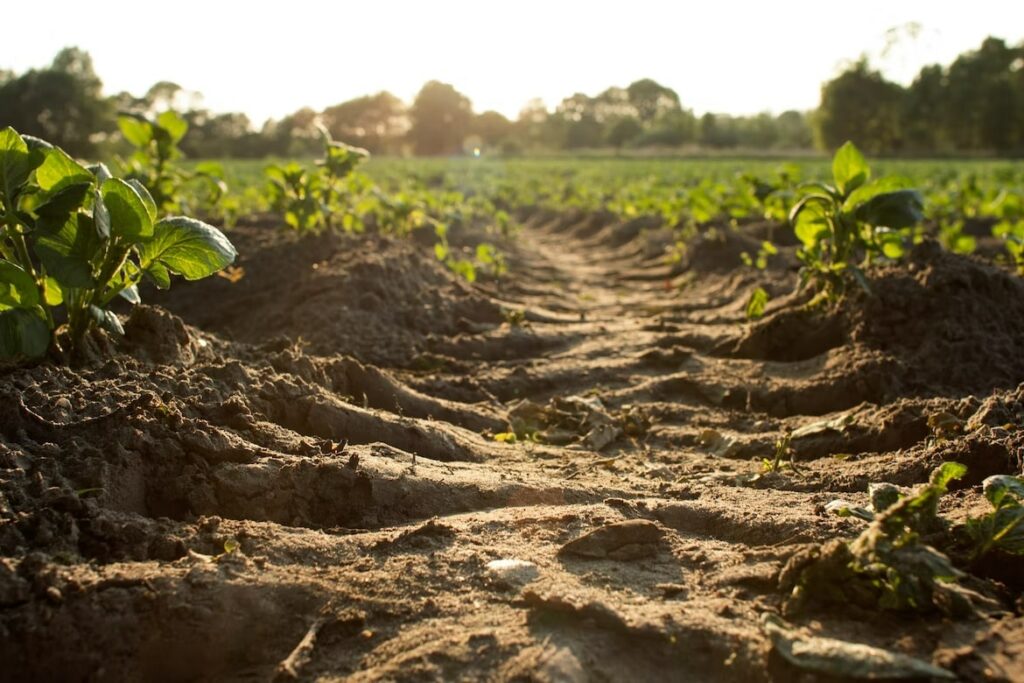
Every gardener has gone through pots of compacted soil. Without proper intervention, this can prevent your plant from getting adequate nutrients, air, and water.
Luckily, there are a handful of ways to prevent soil compaction. These include using high-quality potting mix, aerating the soil, and watering well.
We’ve got a few handy tips to stop soil compaction from recurring, such as practices to add to your routine and materials to help loosen tight soil.
What is soil compaction?
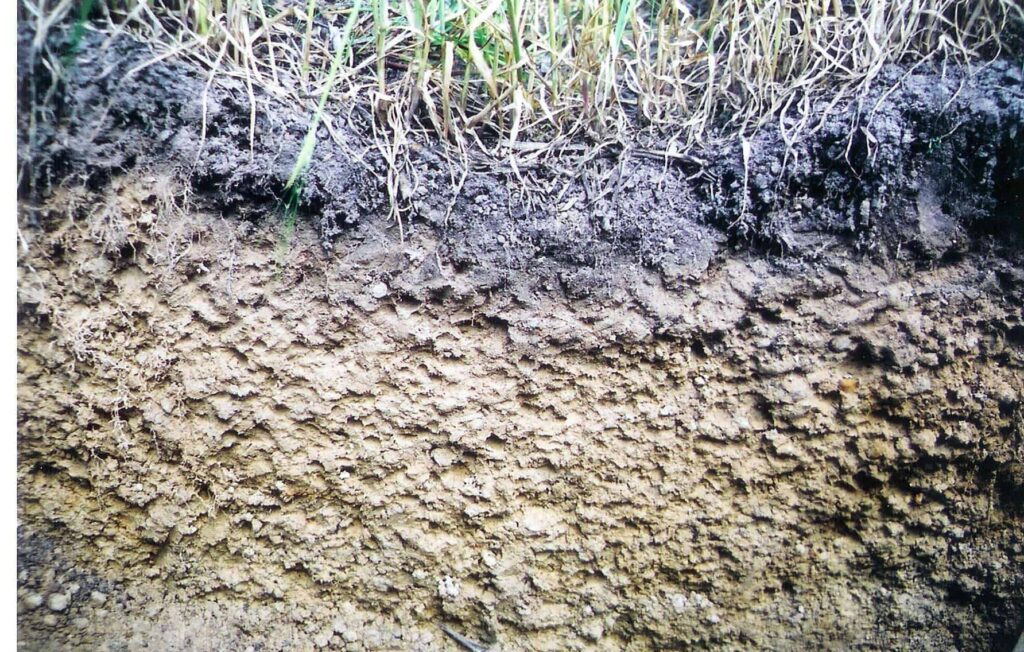
Soil compaction is when soil compresses together reducing the amount of pore space available. It is fairly common, especially in potted plants.
When the soil particles are compressed together, there’s little to no space for water, air, and nutrients to travel through. In the same way, there’s no room for adequate filtration and drainage.
This is caused by several factors, from excessive pressure from overwatering or the lack of aerating materials within the soil.
Compacted soil also poses several risks to the health of your plant, which could be detrimental in the long run.
What causes compact soil?
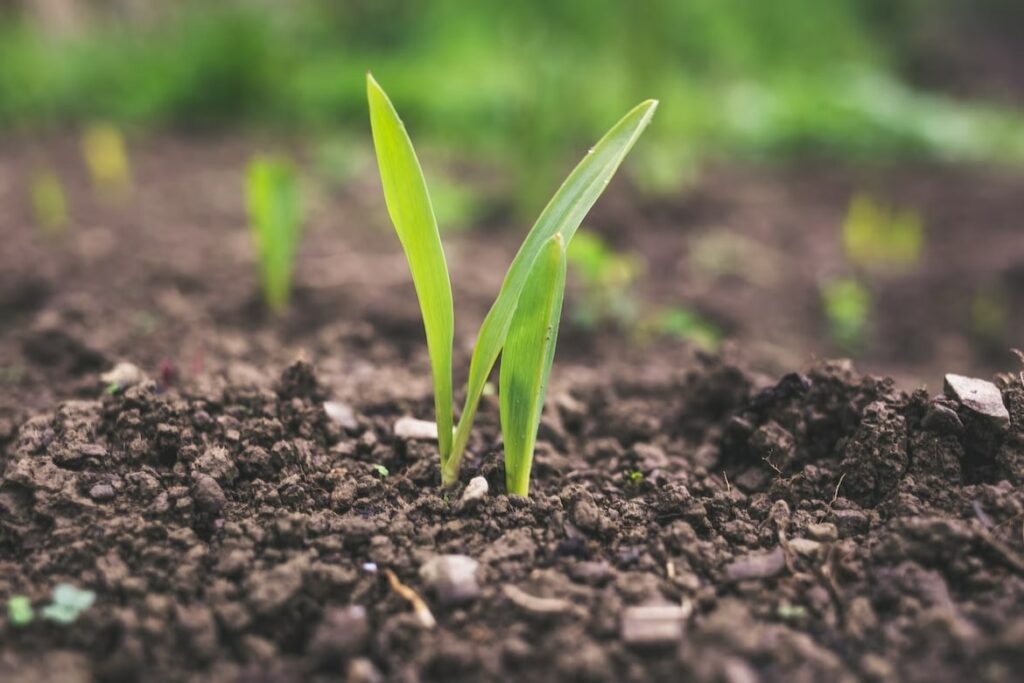
Soil compaction can be caused by various different factors, some of which you may have not even thought about. It could also be a combination of these that has led to your soil compressing over time.
Figuring out what the causes are could help you identify which changes to make to ensure that your soil doesn’t compact again.
Here are a couple of the most common reasons that your soil is compacted:
1. Old soil
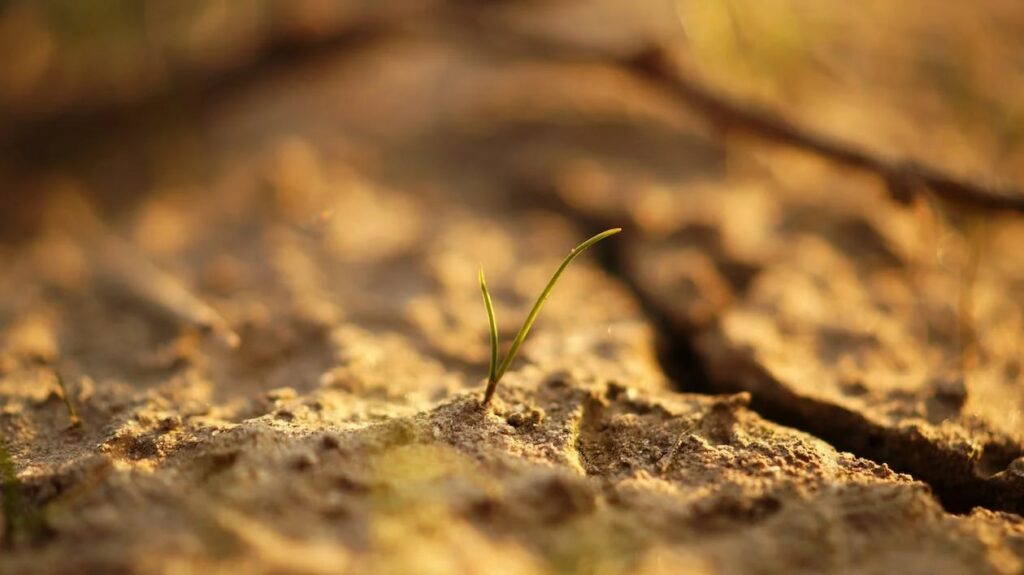
When was the last time you purchased a new potting mix for your plants? If you can’t remember when, then it’d be best to take that as a sign to put your plant in a pot of fresh potting soil or mix.
Old soil has been through a lot – uncountable waterings, doses of fertilizer, piles of compost, and more.
Over time, this can cause congestion in the soil. As air pockets diminish, it’s easier for the soil to compress and become compacted.
2. Wrong soil type
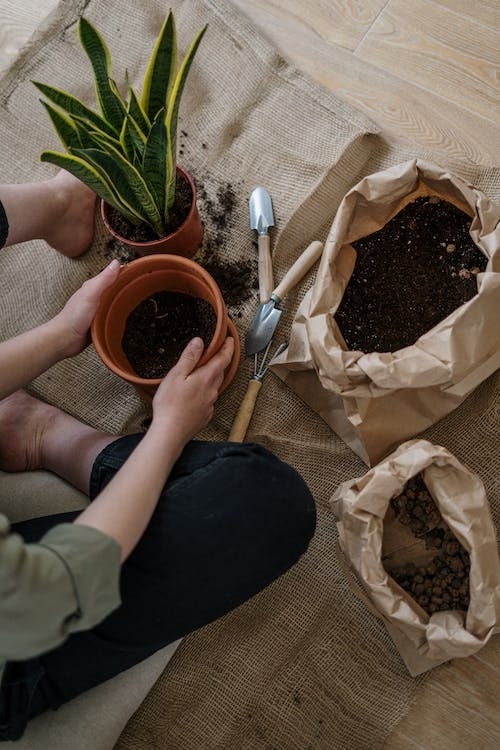
Using the wrong type of soil can increase the likelihood of it compacting over time. This is because soil mixtures are specifically created for certain environments.
For example, it’s improper to use garden soil for potted plants because it doesn’t contain any aerating materials such as perlite or vermiculite. This is because garden plants already have natural aerators such as worms which help loosen up the soil.
Instead, it’s best to use potting mix for potted plants because it has the necessary ingredients to compensate for the lack of natural aerators.
3. Excessive water and inadequate drainage

Excessive rainfall or improper irrigation or watering can also cause the soil to compact, especially if there’s inadequate drainage.
Because there’s nowhere for the extra water to go, it remains in the pot. A pot that’s full of water will create compaction as there’s no space for air and oxygen to circulate.
As a result, it’ll cause the soil to become heavy and press down on itself. Over time, you’ll notice the soil begin to compress and the water will have a harder time penetrating through the soil.
4. Too much heat
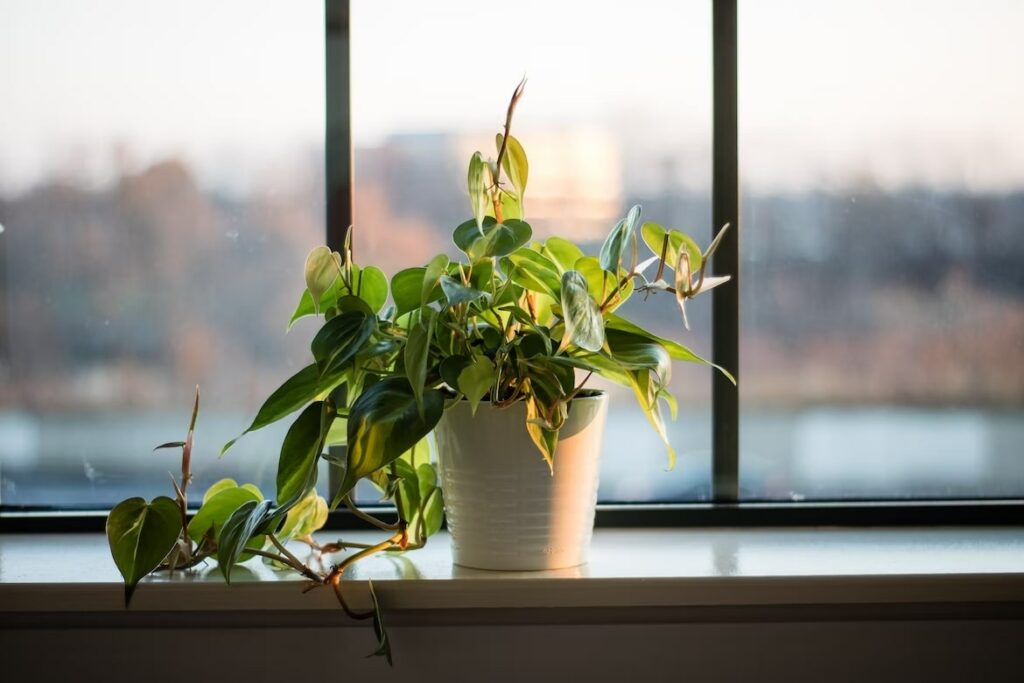
If your potted plant is outside or sitting in an area that receives too much sunlight, this could cause the beneficial microbes in the soil to either become dormant or die.
Aside from that, the soil loses more moisture than it can retain. High temperatures can impede the uptake of water and nutrients, which can cause the plant to get stressed.
As a result, the soil begins to compact as there’s little material, in other words, microbes and moisture, taking up space.
What are the risks of having compacted soil?
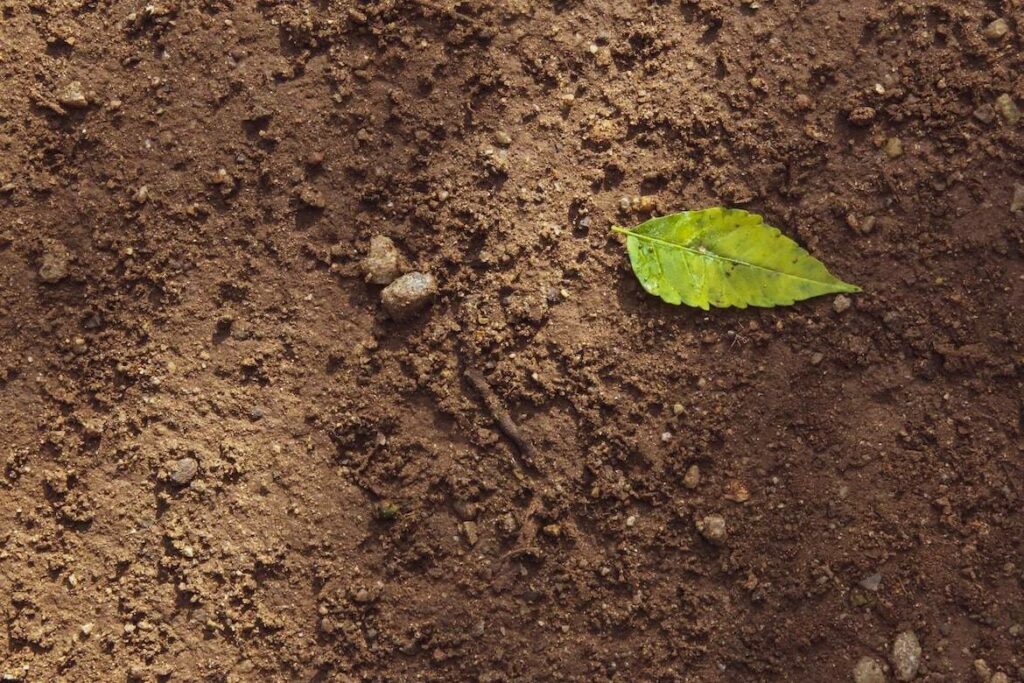
In a way, soil compaction can be good as it helps to strengthen your soil. However, overdoing it is a big mistake as it can cause several problems in the long run.
Here are a few risks that may arise if you leave your soil compacted for too long:
1. Poor root development and reduced growth
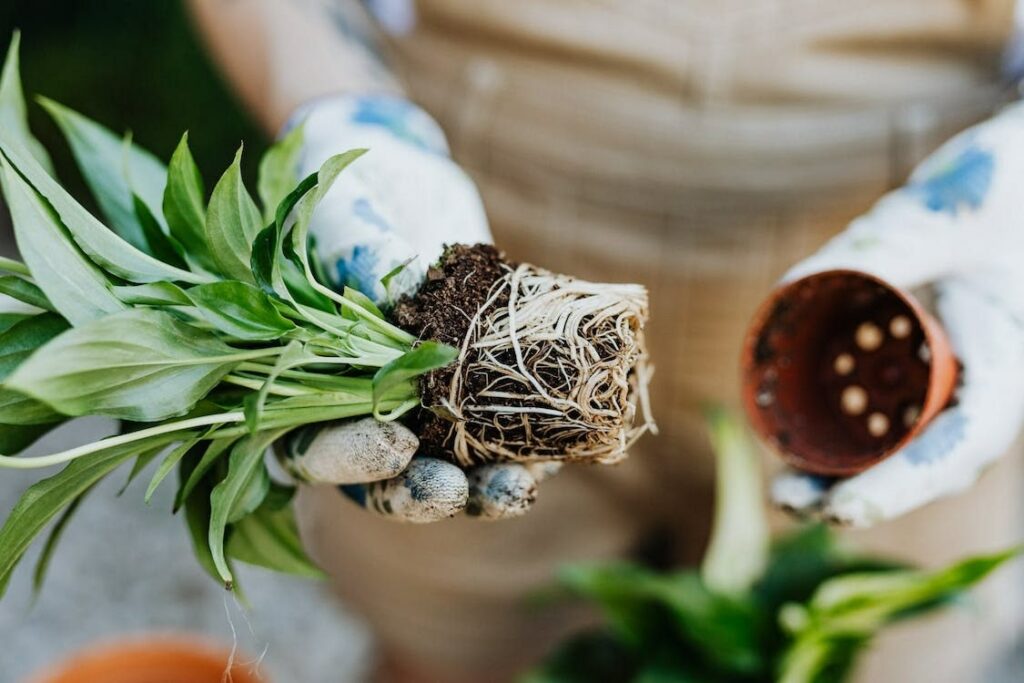
Plants need enough space to develop without any hitches. However, compacted soil hinders growth because there isn’t enough space for the roots to move.
If prolonged, your plant will have no other choice but to coil its roots into a spiral, causing it to become rootbound.
While this may seem rather normal to some, the lack of intervention could cause your plant to die. Since plants’ roots continue to grow, they’ll eventually get tangled and choke themselves to death.
2. Inadequate absorption of nutrients
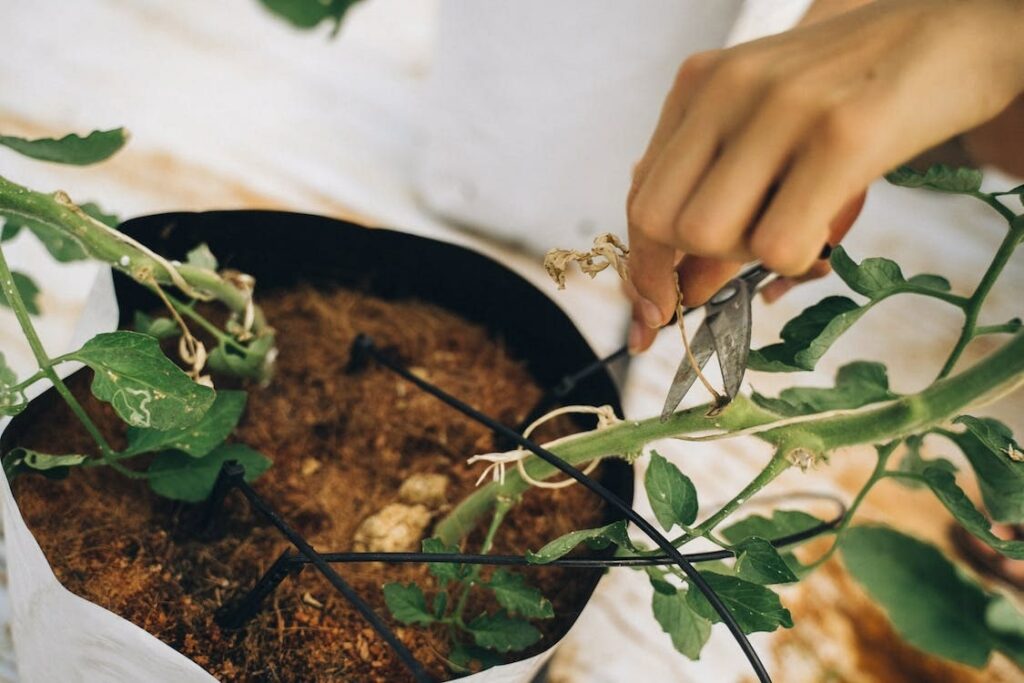
Soil compaction hinders the absorption of nutrients, water, and oxygen because there isn’t enough space for them to reach the plant.
While your plant may be able to get some nutrients, you won’t be able to see substantial improvements.
This is because regardless of how much fertilizer you use, your plant won’t be able to absorb it properly in substantial amounts.
3. Insufficient aeration
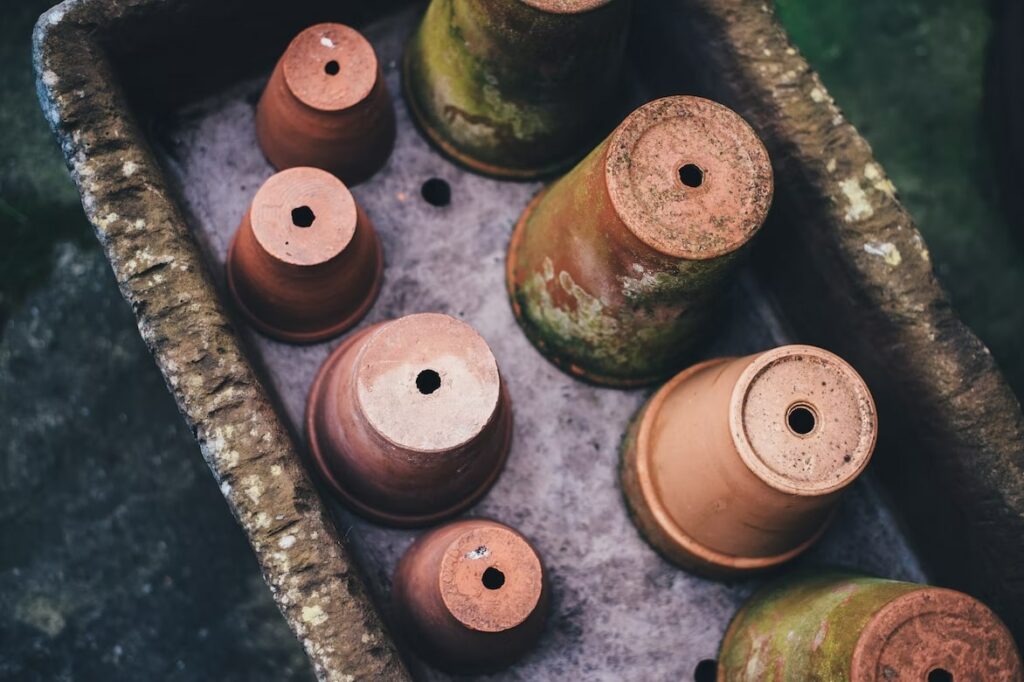
Insufficient aeration will inhibit your plant from getting enough oxygen, which it needs to properly sustain itself.
What a plant does to respirate is to combine the sugars made from photosynthesis with oxygen to create energy.
Without oxygen, the plant won’t have enough energy to properly develop and strengthen itself.
Apart from that, insufficient aeration will result in microbe death, which can make your plant more susceptible to diseases.
Poor air circulation also means that excess water will have nowhere to go. Constantly wet soil will increase vulnerability to root rot and diseases due to standing water.
What are the benefits of loosening soil?
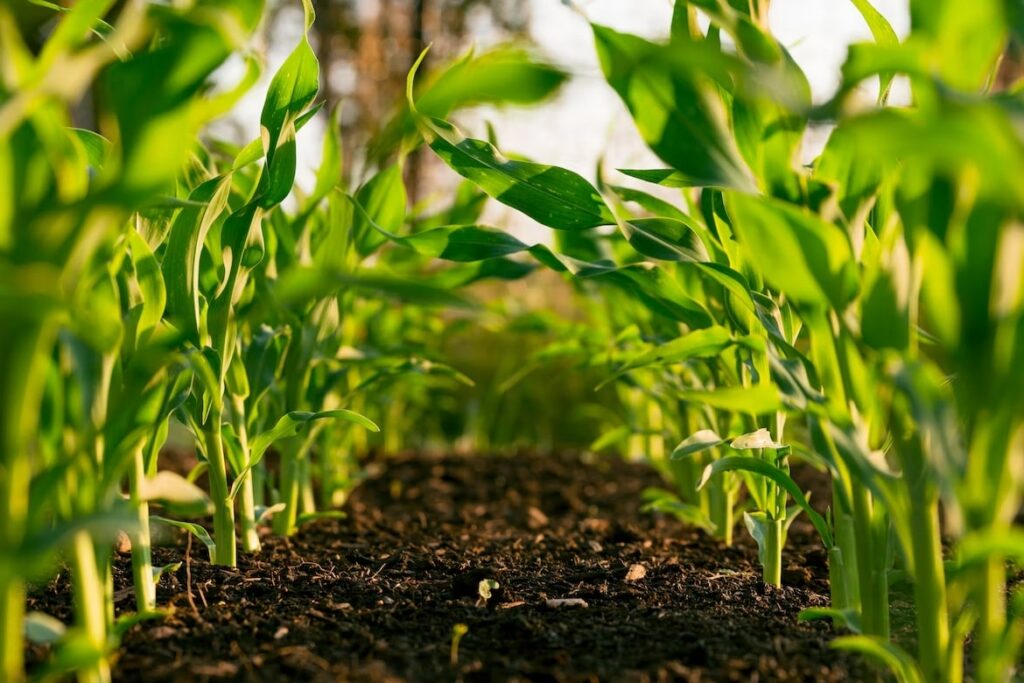
The main benefits that your plant can get from having loose soil is that there’s proper aeration and space for nutrients, oxygen, and water to comfortably pass through.
This means that your plant won’t have to worry about working extra hard to absorb any of the nutrients, oxygen, and water in the soil.
Hence, it’s less stressed and entirely focused on sustaining its own growth and ensuring that it has a steady development.
How do you test for compacted soil?
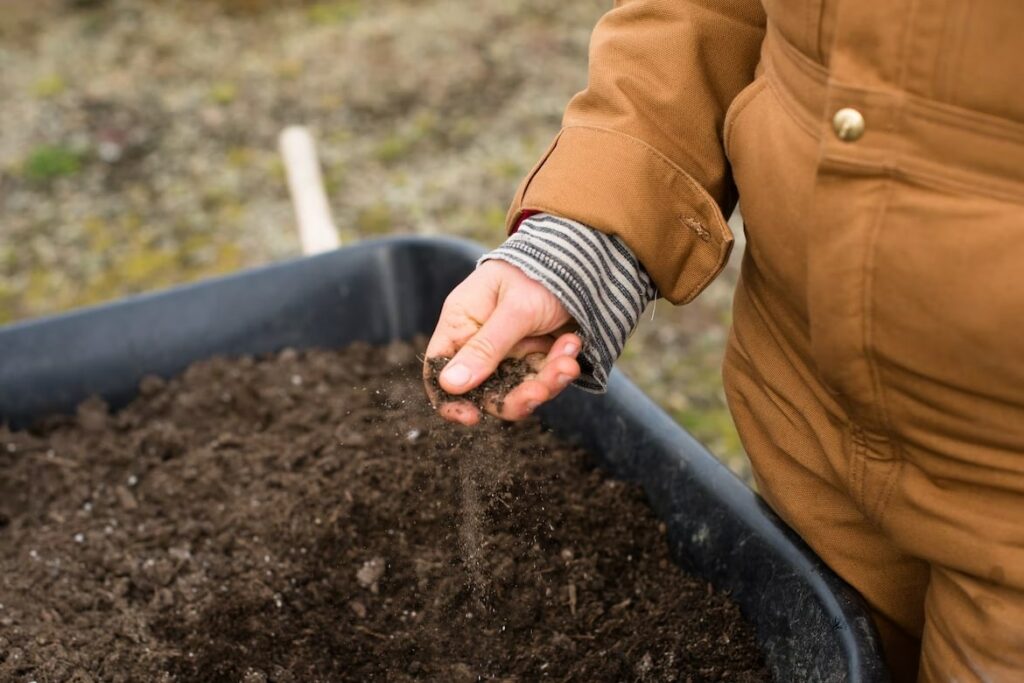
Since soil compaction happens inside, gardeners have no real way of telling how compacted their pots really are without the use of diagnostic tools. The most popular tool is a penetrometer or a soil compaction tester.
However, most gardeners don’t have a penetrometer laying around in their shed. Luckily, you can easily find out whether or not your soil is compacted by testing the hardness of the soil.
Since soil compaction typically happens in the middle and bottom portions of the pot, using the wire test will show how severe your compaction is.
How-To:
- Gently stick a straight wire flag or chopstick vertically into the soil.
Continue pushing it deeper vertically into the soil until it can no longer penetrate through the soil.
It may be a bit difficult at first so ensure that you wiggle the wire or chopstick around a bit to loosen up the soil.
- Once your wire flag can no longer go any further, it’ll typically bend the more compacted your soil is.
Mark where the ground meets the wire flag or the chopstick so that when you pull it out, you have an idea of where the soil has begun to compact.
If you can’t penetrate into the soil, this means that your soil is heavily compacted. Don’t try to poke holes with your wire flag or chopstick any more as you could accidentally damage the plant’s roots.
- Repeat the test in several different areas as there could be rocks and other material in the soil that’s blocking your wire flag or chopstick from going through.
Continue to mark where the found meets the wire flag or the chopstick.
- If most areas seem to be compacted, dig up the soil. You’ll see that there are little to no pockets of space for nutrients, water, and air to circulate.
You may also notice that the roots of your plant are tangled up as it doesn’t have enough room to penetrate through the soil.
You can use a spade or shovel to slowly dig up the soil. Add a bit of water to loosen it up, too.
How do you prevent compacted soil in pots?

There’s no need to fret if your soil test revealed that you’ve got compacted soil. This is fairly common and easy to address.
To ensure that it doesn’t recur, here are a few ways that you can prevent compacted soil in your pots:
1. Use clay pots instead of plastic pots
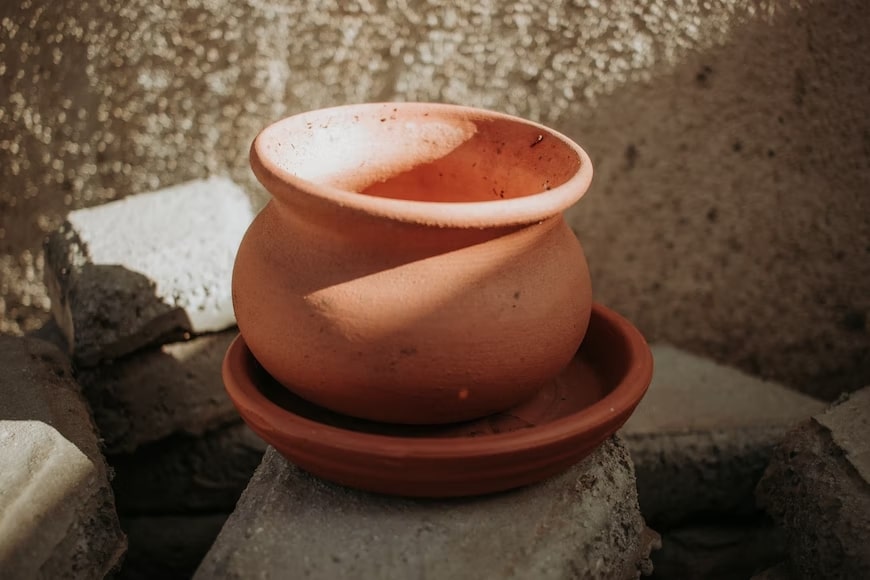
While plastic pots are lightweight and relatively more affordable, they come with a ton of cons. These include heat retention, health concerns, and poor durability, to name a few.
They’re also non-porous, which means that oxygen and moisture don’t have anywhere to go. As a result, plastic pots hold moisture for almost twice as long as clay planters.
Since the soil is constantly wet, there’s little air circulating freely. As established earlier, wet soil is more prone to compaction.
Aside from that, a moist environment makes your plant more susceptible to root rot and suffocation as there’s no oxygen to intake.
2. Change the soil periodically
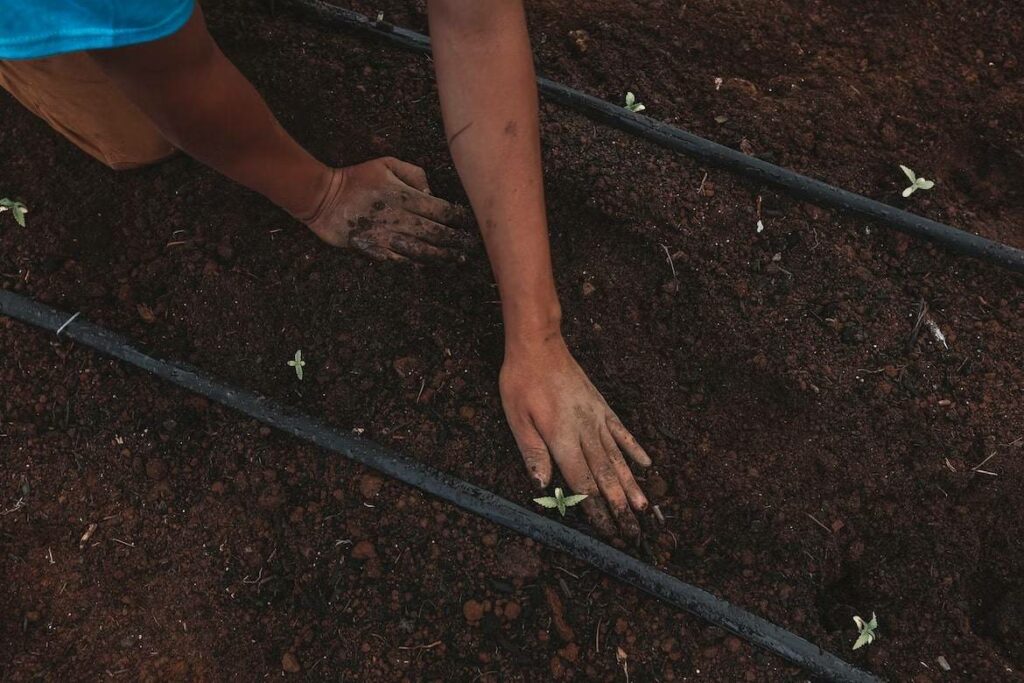
As mentioned earlier, using old soil tends to compact easily since it’s been through a lot. Immeasurable watering, doses of fertilizer, and piles of compost can result in congestion.
This, mixed with a variety of other factors such as excessive rainfall and gravitational pressure will result in the soil becoming hard, clumpy, and tight.
Hence, it’s important to change your soil to a fresh, new batch periodically as all soil will gradually lose its properties as time goes by.
The frequency will still depend on several factors. This includes what kind of plant you have, the environment that it’s in, sun exposure, and the frequency of your watering, among other considerations.
Soil changes are recommended to be done anywhere from 1 to 2 years. Though, if you notice that your soil has begun to compact, it may be time to replace it already.
3. Only use high-quality potting mix
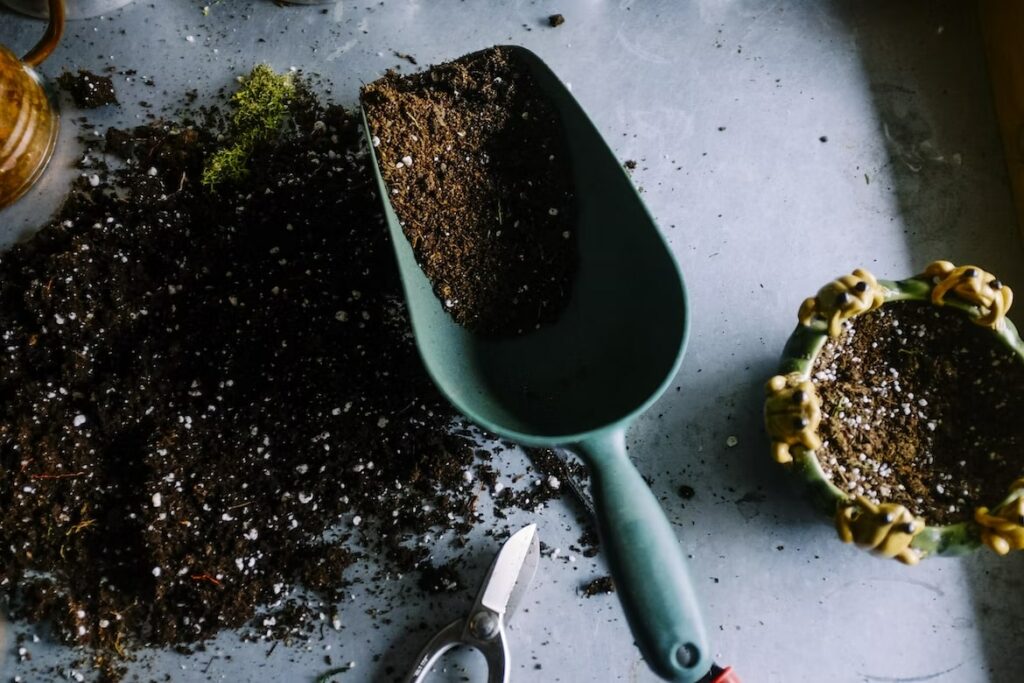
One of the leading causes of soil compaction is using the wrong kind of soil for your potted plants.
While it may seem like a good idea to use soil from your garden for your potted plants, this is actually a big mistake.
There are various types of soil to make up for the different needs of specific plants. This includes supplying the right amount of nutrients, beneficial microbes, and aeration, among others.
For potted plants, potting mix is the way to go as it’s specifically made for growing potted plants. It’s made with ingredients that are meant to help lock moisture and nutrients in the soil.
4. Add materials to aerate the soil
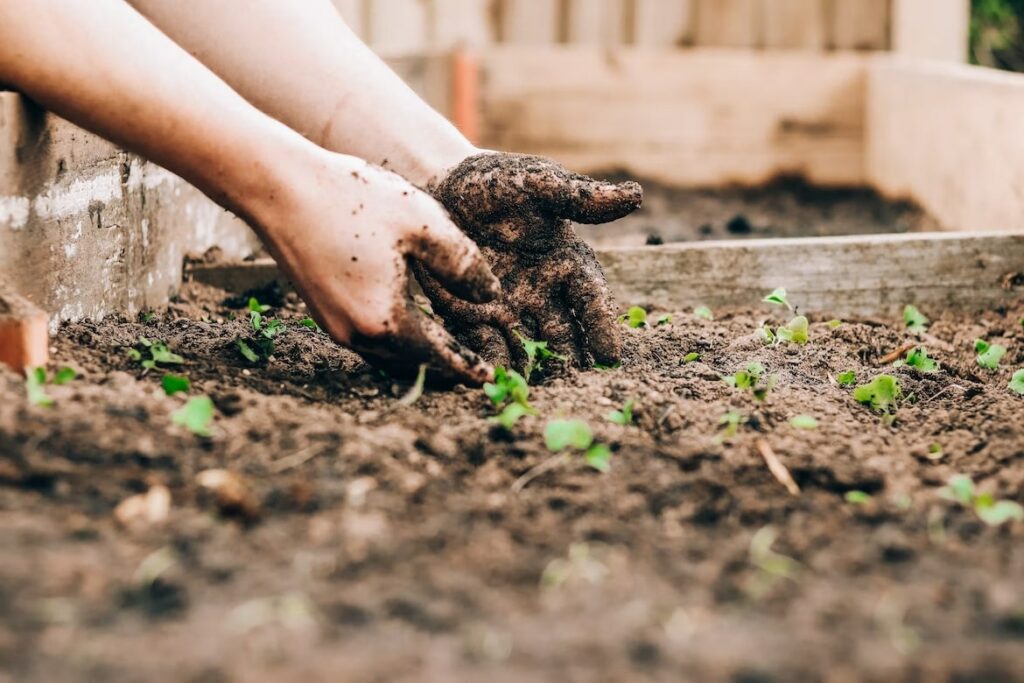
Adding materials to aerate the soil is another effective way to prevent it from compressing together over time.
While most potting mixes already contain various components intended to hinder soil compaction, you can add more to your mix if you think that it isn’t enough.
Here’s a list of a couple of beneficial materials that will make beneficial additions to your potting mix:
1. Peat Moss
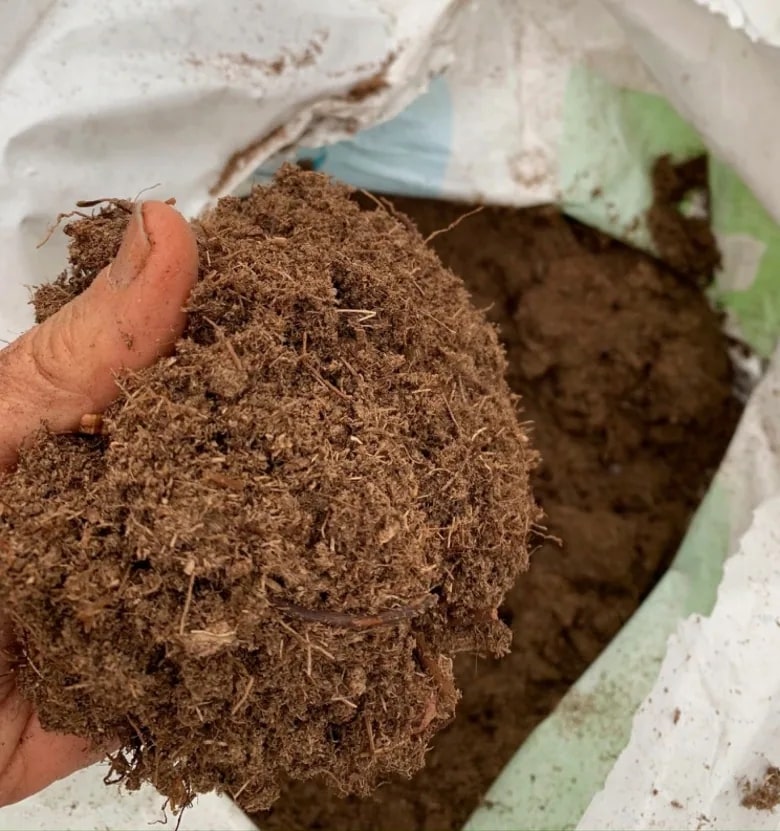
Peat moss is a dark brown-colored, acidic, fibrous soil amendment that’s made from decomposed organic materials. Specifically, from living materials and mosses recovered from underwater peat bogs.
Sometimes referred to as sphagnum moss, it’s a great addition to the potting mix as it retains water and nutrients in the soil, which would otherwise leak out.
Another pro to adding peat moss to your potting mix is that it also helps aerate the soil thanks to its fibrous texture. As a result, your soil has better water retention and overall consistency.
It’s worth noting that since peat moss has an acidic pH level, it’s most commonly used with plants that love acidic soil.
Nevertheless, you can add them to virtually any plant that is encountering water-retention issues.
2. Coconut coir
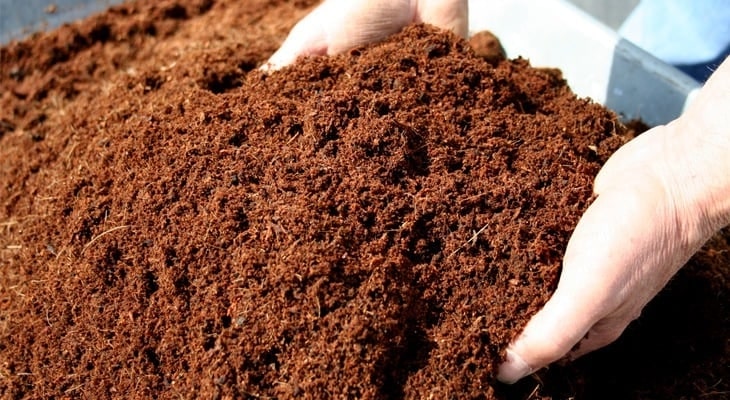
Coconut coir is made from, you guessed it – coconuts. In particular, it’s the natural fiber harvested from between the coconut’s outer coating, also called the ‘husk’, and the internal shell.
Also called ‘coco coir’ and ‘coconut peat’, it’s often regarded as a more sustainable alternative to peat moss. This is primarily because coconut coir is greatly contributing to the cutting down of trash produced.
It also works just as well at retaining water and adding to the drainage of the potting mix. Since it acts like a sponge, it can hold generous amounts of water which helps retain moisture in the soil.
Coconut coir also biodegrades slowly, which means that it adds natural organic matter to your soil over time.
Aside from that, it has a balanced pH level of 6.0 which means that it isn’t too acidic for most plants.
3. Pumice
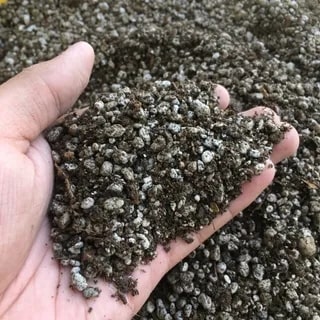
Pumice is a type of lightweight volcanic rock that’s also a commonly used material to help aerate the soil.
Given its structure, pumice is actually better at sustaining the soil structure. Since it doesn’t break down, which helps to constantly keep air flow circulating and prevents the soil from compacting.
Hence, it’s a great option for succulents and cacti that have shallow root systems that are best left untouched.
Because of its porosity, it helps increase the abundance of microbial life in the soil. This brings about a ton of benefits, from regulating nutrients to aiding in the decomposition of organic matter.
4. Horticultural Sand
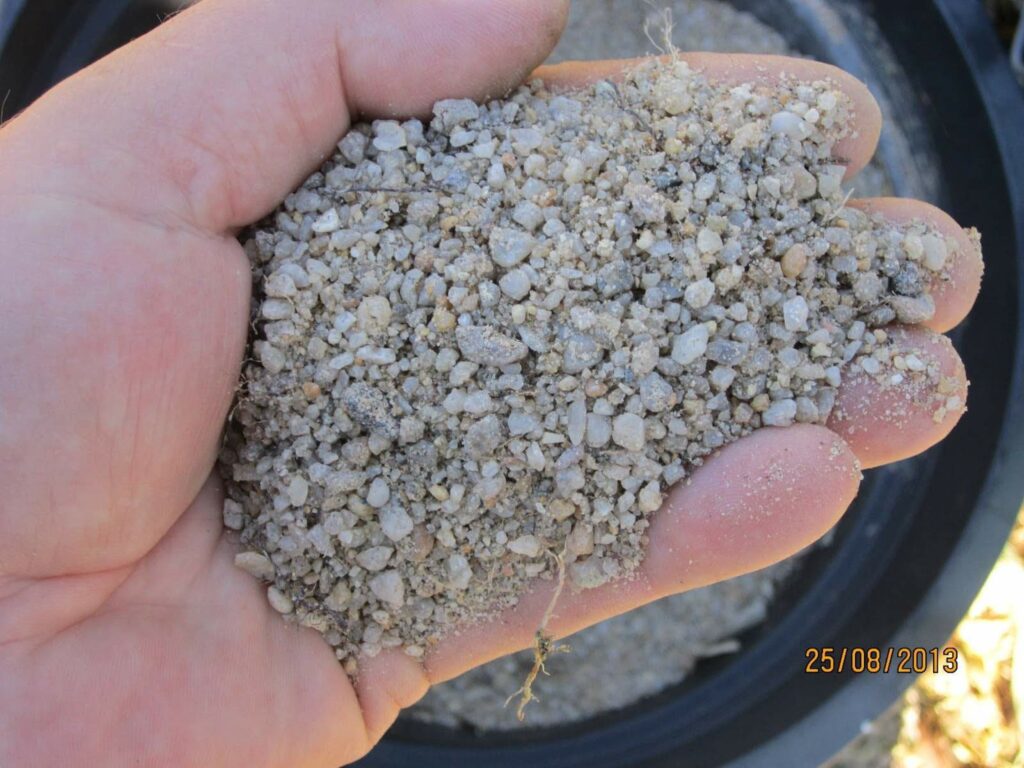
Horticultural sand goes by several names, such as coarse sand and sharp sand. It’s made out of a variety of materials such as sandstone, quartz, and granite.
Because of its sharp edges and irregular shapes, horticultural sand doesn’t promote clumping. It doesn’t fill up the pockets of space in the soil either, which means it’s great at keeping the soil loose and well-drained.
Having mentioned that, horticultural sand is best used together with heavy soils that don’t adequately drain water on their own. This includes clay and loam soil types.
Since it’s lime-free, you won’t have to worry about it messing up the soil’s pH level. Hence, it’s great to use for virtually any type of indoor or outdoor plant.
5. Perlite
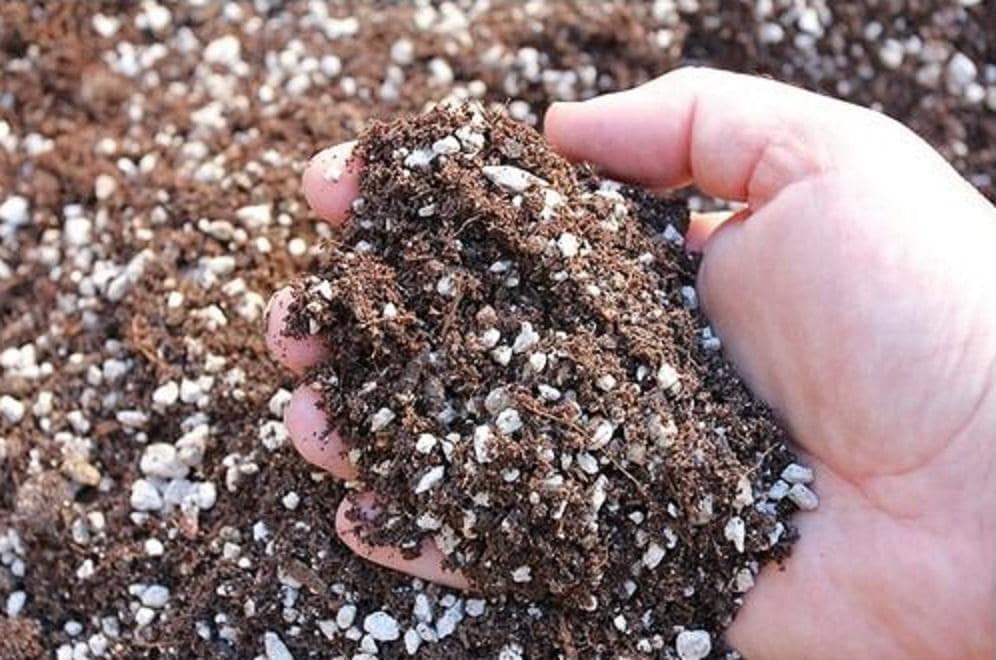
Perlite is another lightweight volcanic glass that’s a common ingredient in potting mixes thanks to its ability to create air pockets within the soil.
Despite resembling styrofoam, perlite is a more eco-friendly alternative because it’s a naturally occurring mineral. Hence, they come in various shades of black and gray without a specific shape or form.
Aside from that, it doesn’t contain any toxic chemicals and has a neutral pH level.
It’s quite sturdy and porous so it doesn’t lose its structure when in the soil. As a result, it helps maintain air pockets within the soil, preventing compression over time.
6. Vermiculite

Vermiculite is a naturally occurring, non-toxic, clay mineral that’s mined from rocks. It’s then treated with high pressure and heat, causing it to inflate.
The final result is a sparkly, porous material that aids with aeration along with the retention of moisture and nutrients.
Because of this, you won’t need to water as often as its unique shape helps trap nutrients and water in the soil.
Apart from that, it’s a gardener’s favorite because it’s a sterile medium. Hence, using enough vermiculture can ward off bad bacteria and fungi.
It’s an all-around medium that can be used for propagating cuttings, starting seeds, germination mixes, potted plants, and outdoor raised beds.
5. Add natural soil looseners
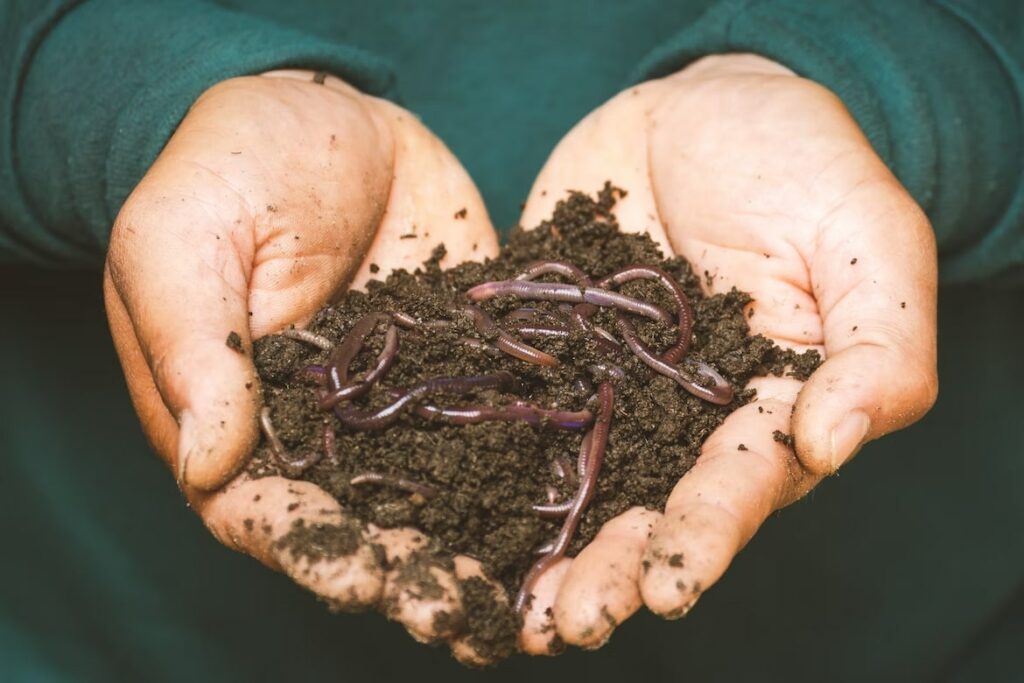
Aside from adding materials that can loosen up your soil, why not add organisms such as earthworms, centipedes, and ants that’ll do all of the work for you?
While the thought of adding worms to your soil may seem a bit gross, they’re actually completely harmless to you and your plant.
In fact, they shouldn’t even be considered pests given how beneficial they are to the environment. Hence, it’s best to refer to them as friends instead.
They love to tunnel through the soil which helps to naturally aerate and loosen it. This way, water, nutrients, and oxygen can flow freely without any hitch.
By burrowing through the soil, they also help turn it, mixing whatever’s on top with the soil below.
Other than that, they help by munching on decomposing organic matter such as dead roots, manure, grass, and leaves.
Once they’re done, they produce helpful droppings which are also commonly referred to as worm castings or vermicast. They’re natural fertilizers that help to enrich your soil.
6. Loosen the soil occasionally
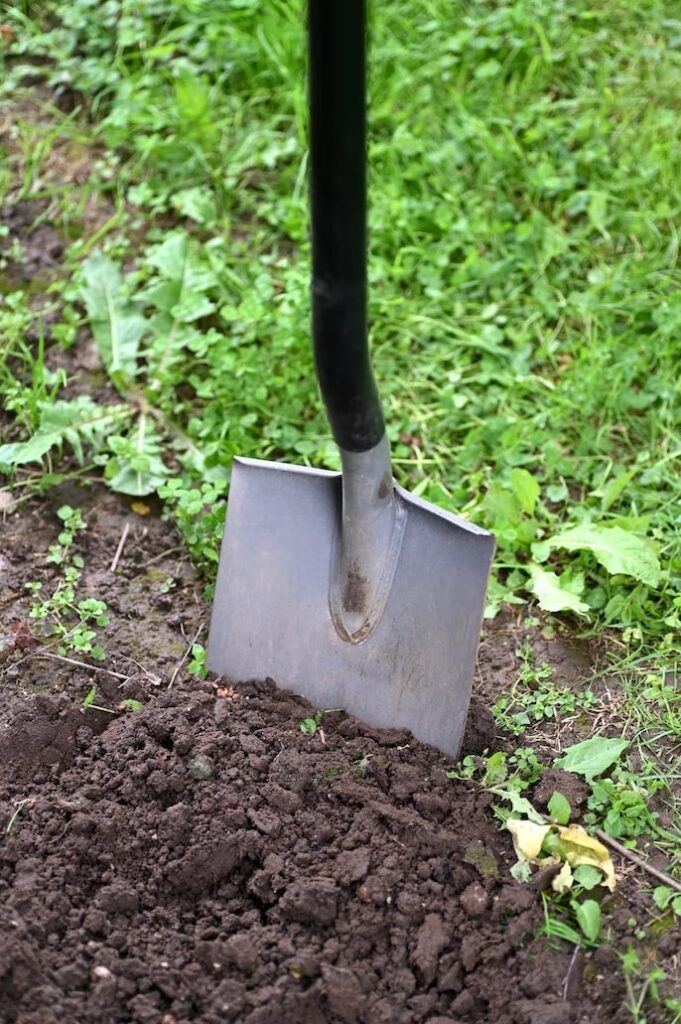
If you don’t have many burrowing friends to help you out, you’ll be left to your own devices to loosen the soil yourself.
Gently dig through the substrate with a chopstick, small shovel, or even a fork. Be careful not to dig too deeply or harshly as you could accidentally hurt the roots.
By turning the soil, you’re creating more air pockets for water, oxygen, and nutrients to easily pass through.
This also helps give your plant more room to grow out its roots as the soil is softer and easier to work with.
7. Avoid overwatering and underwatering
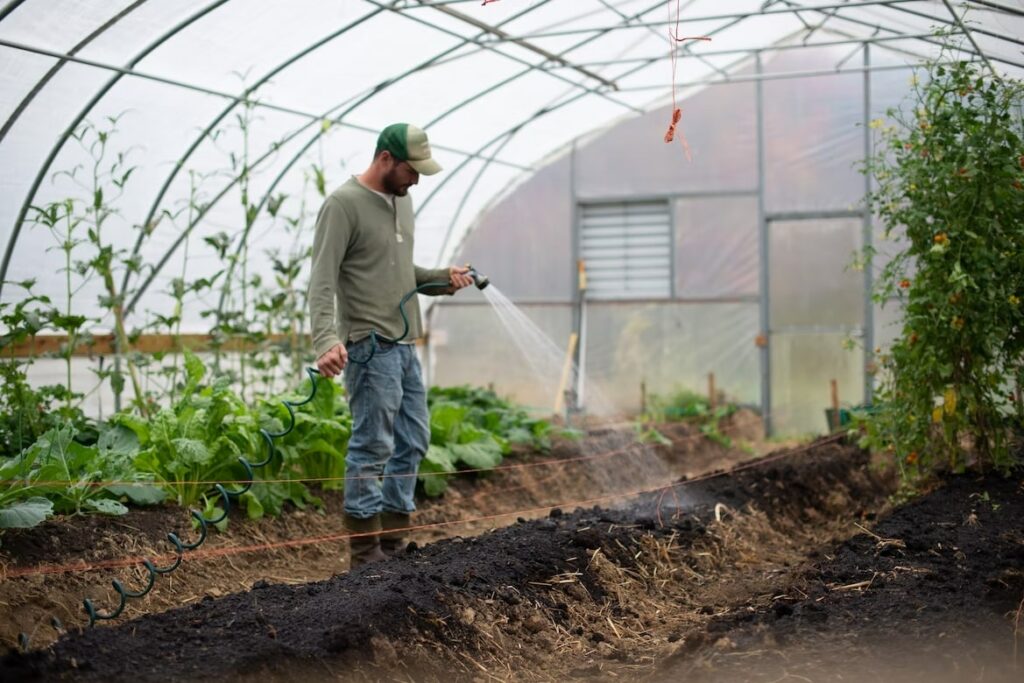
It’s important to follow a strict watering routine as straying from this could cost you the quality of your soil.
Overwatering fills up the empty pockets in the soil for too long because it doesn’t have anywhere to exit from. This puts weight on the soil causing it to compress and tighten.
Aside from that, beneficial bacteria will die as there’s no more oxygen in the environment.
As a result, anaerobic bacteria thrive and make the soil more compressed. Aside from that, this makes the plant more stressed and susceptible to catching diseases.
Underwatering, on the other hand, causes the soil to dry out. When there’s no water, beneficial microbes begin to die, causing their space to slowly get covered by soil.
8. Ensure adequate drainage
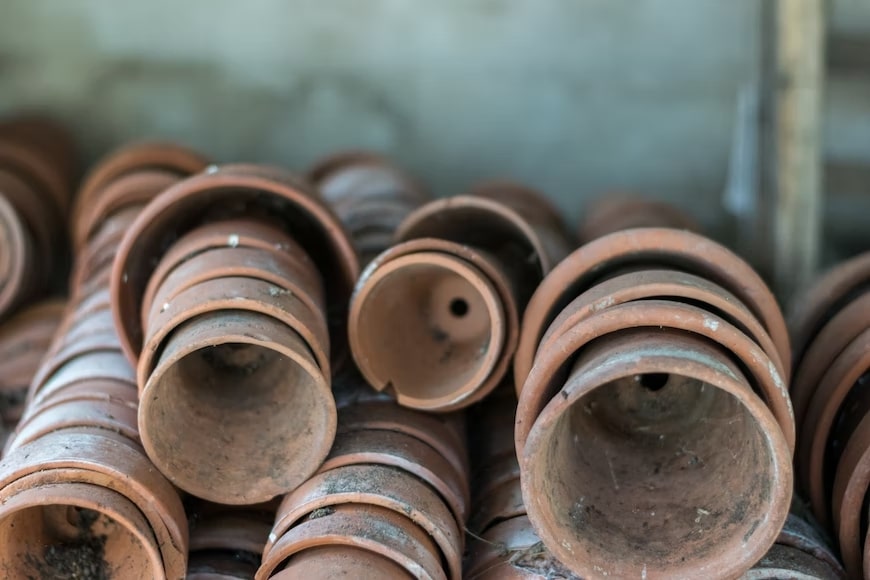
Having adequate drainage ensures that excess water has somewhere to go once all of the soil’s pore space has been taken up.
Without drainage holes, the water will have nowhere to go and often end up on top of the soil as it has no room to move down.
When this happens, plants aren’t able to receive adequate amounts of water to survive. This also puts additional weight onto the soil, causing it to compress.
Before purchasing pots, ensure that there are enough drainage holes for the extra water to escape from.
FAQs
The frequency of how often you should loosen your potting soil will depend on various factors.
However, it’s a tell-tale sign when the soil feels hard and tight. When held, it doesn’t break apart and can be easily molded like clay.
You can repot a plant with compacted soil the same way you would any other plant. You’ll need to be a little more careful as its roots may be a tad more pressure-sensitive.
You’ll need to gently brush away the excess soil before transferring the plant to a pot with fresh and loose soil.
Soil should be loose enough that roots can easily penetrate through and grow freely. However, ensure that it isn’t too loose and that it breaks apart easily.
It may take a bit of trial and error to get the perfect consistency and texture for your plant. You can experiment with various soil types to see what formula provides the best compaction.
The easiest way to keep moisture in pots is to use potting mixes that have ingredients such as sphagnum peat moss or coir, which are great at preserving water.
Perlite and vermiculite are also commonly added to potting mixes as they help keep moisture while helping aerate the soil.
You can damage the roots while loosening the spoil if you’re poking and prodding too aggressively. Hence, you’ll want to be gentle and careful to minimize causing any more harm.
Nevertheless, you won’t have to worry too much if you’ve accidentally hit your plant while loosening up the soil.
While a healthy plant will be able to regrow any damaged roots effortlessly, the same cannot be said for a plant that’s undergone a lot of stress and deficiencies in a soil-compacted environment.




